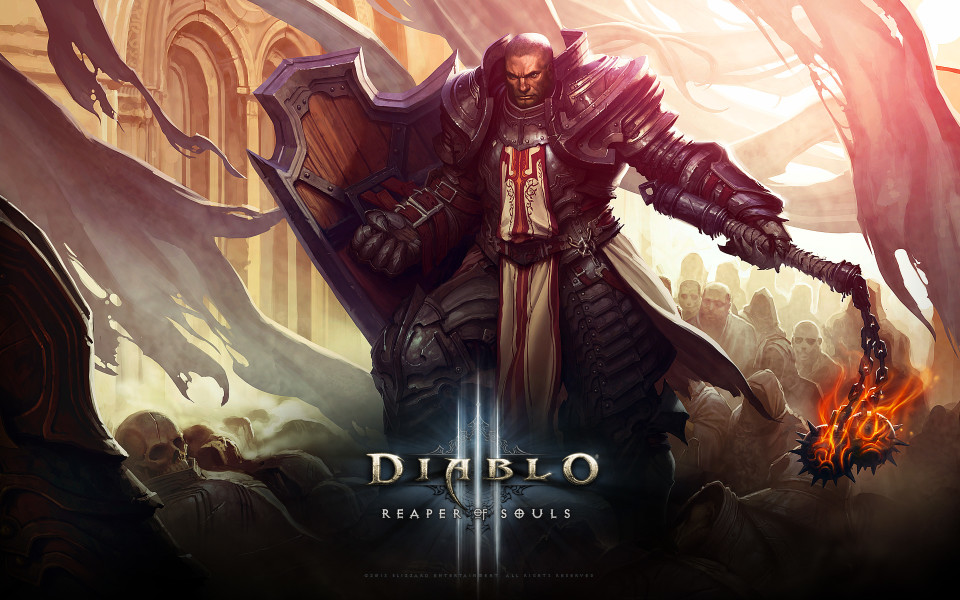Back when I wrote the blog post about using Cthulhu Mythos material in my upcoming campaign, I made brief mention of putting material from disparate sources together cohesively and then ran right past that because I had another topic in mind. However, I tend to do the whole “blend things from mismatched sources” a lot, so I figured a post on that thought process might itself be in order.
As it turns out, this will probably be a short series of posts; 2 or 3, most likely. Articulating the thought process is taking more words than I initially expected.
I am an avowed lover of “kitchen sink” settings in my gaming. I like having multiple fantastic elements to play with, which is actually more common in genre fiction than some would have you believe. Gene Wolfe and Frank Herbert had sci-fi elements in their fantasy setting and fantasy elements in their sci-fi setting, respectively. And gaming settings have been blending the two all the way back to Tekumel. GURPS had at least three settings that incorporated both advanced technology and magic, two of them licensed (Technomancer, Witch World and New Sun) and we’ve got Rifts, Deadlands, Synnibarr, and Shadowrun out there, all blending the technological with the fantastic.
Obviously, there’s a spectrum of quality represented, here. Synnibarr is nowhere near as well-realized or well-developed as Shadowrun is (though not for lack of trying on the author’s part) but it’d be very disingenuous to say I’m blazing any sort of trail.
Still, I like to take things that are not envisioned as some kind of unified whole and finding ways to make them work together, as my ongoing setting design project should illustrate.
The Elements
In this case, I had a bunch of stuff from Kickstarter that was going to start arriving over the course of a year or so that I wanted to use, and due to both my aforementioned love of kitchen sink settings and the sheer time issues of gaming as adults, I knew there wasn’t much chance of running one campaign with this thing, another with that thing, etc. If I was going to use the things I had (or had coming), I needed to figure out a way to make them work together. Here’s what I started out with:
- Strongholds and Followers from Matt Coville. This book deals with PC strongholds and has rules to hand out class-specific buffs based on what kind of stronghold is built, plus “Lair Action”-like rules for defending a PC stronghold, some basic mass combat rules, and a few other related things.
- Sandy Petersen’s Cthulhu Mythos from Petersen Games. Despite not being a huge HP Lovecraft fan, I backed this and was so blown away by the quality of this when I got the PDF that I actually bumped my pledge level from PDF-only up to a hardcover in the post-crowdfunding pledge manager. In addition to all the weird and horrifying monsters and spells, the book also has some neat character options including the ability to play Dreamlands cats as PCs.
- Arcana of the Ancients from Monte Cook Games. The idea of being able to use Numenera material in 5e was so exciting to me that I backed this particular kickstarter at a higher level than anything before or since (and if I never equal or exceed that level, I will not be surprised).
- Into the Wyrd and Wild from Charles Ferguson-Avery. This particular work is only marginally for 5e; it was designed in such a manner that all of the mechanical aspects are lightly sketched-in enough to provide GMs with a skeleton to hang a more proper set of rules for their system of choice on, whether they’re playing some edition of D&D, an OSR game, or another F20 system of some stripe. Despite the loose mechanical connection to the system I’m using, I think this is one of the two most exciting pieces of source material I’m working with. It’s got tons of interesting ideas for a dark fantasy/horror forest, from the obvious monsters to tons of premade area descriptions, interesting plant life, diseases, and so on.
- Blades and Blasters from Seth Tomlinson. This book is designed to let you have an alien invasion in your 5e world. Based on the description, it sounds like this is Expedition to the Barrier Peaks on steroids. This one is iffy – I like the idea but it may or may not fit with the rest of the material as I’ll explain later.
In addition to wanting to use the material above, I also wanted to keep the amount of territory I had to create down to a minimum, because I’ve already got one setting creation project that I’d eventually like to make into something publishable in progress. I also wanted to be able to use as much material as possible straight from the books. That last goal is always the hardest for me; I find it very easy to go down creative rabbit holes, especially when I don’t have the additional criteria of not needing to avoid the use of material created by other people.
I started the process by boiling things down a bit to essential elements that each product implied:
- The PCs have a really nice home base of some kind, which implies both wealth and authority. Up until the last century or two, that has meant titles and land grants, so the PC group (or at least one member of the PC group) being nobility made sense.
- I didn’t want the technological elements to be part of the default lived experience of an ordinary person in this setting – I wanted a fairly normal-seeming fantasy campaign world to start, with native technology right around the Napoleonic level.
- I have a really nice resource for malignant, terrifying forests, and it would be a shame not to use it.
- I’ve got rules for a bunch of awful eldritch horrors, but I don’t want the source of everything bad in the world to be rooted in them.
- I don’t want this to turn into another book-sized design project. I have one of those already.
In addition, I wanted this world to feel significantly different than the one from my setting design series. That setting is very black-and-white and that is by design. However, a number of the group members (Grant and Krissi in particular) don’t enjoy that as much as shades of gray, so for this campaign, I’m trying to muddy things a bit more. In particular, I want messier religious practice rather than the straightforward good vs. evil cosmology of the other setting – one villainous idea I’m contemplating is a corrupt, Frolo-like figure and her henchmen. So for cosmology, I’m planning on doing a “distant gods” style setup much like Eberron has and defining a monotheistic church with some political power and a pantheon of old gods that represent various pagan faith traditions.
On the other hand, I don’t want to go all the way over to Warhammer-style grimdark where there’s no good in the world, either, so a “distant gods” setup models nicely the sort of world where some people try really hard to live by the tenets of their religion and others use it as a sledgehammer to bash other people with.
But I don’t want religious struggles to be the central conflict of the game. The central conflict/plot/threat to the whole world is that eons ago, an extremely advanced, technological civilization locked a bunch of horrible Lovecraftian entities away in strange, alien vaults all over the world. And the ancient technology is starting to fail, which means that these threats are coming back. That lets me use the monsters from the Cthulhu mythos book, the abundance of weird creatures that Arcana of the Ancients is sure to introduce, and even a few classic D&D monsters like Beholders and (potentially) the Tarrasque as things that have been locked away for so long that even the dragons have forgotten.
That leaves the setup of the PCs with their home base, though. For this, I took a fair amount of inspiration from Darkest Dungeon and Pathfinder: Kingmaker. For those unfamiliar with Darkest Dungeon, the intro cinematic provides basically everything you need to know about what I want to swipe:
One of the PCs will be the inheritor of an isolated noble title. Their predecessor messed with things they really should not have messed with, and now the PCs have been left with the resulting mess. This will give them a base of operations and a bunch of problems to deal with, the first of which will be cleaning out their future base of operations.
To Be Continued
As I mentioned at the top of this post, this turned out to be more involved than I expected it to be, so next time I’ll explain a bit more about how I’m planning to integrate other specific things together. This is still going to be nowhere near as long as the setting design report series, and hopefully by the end it’ll give you the confidence to start bolting other settings together if it suits you.
Photo by Ryoji Iwata on Unsplash




